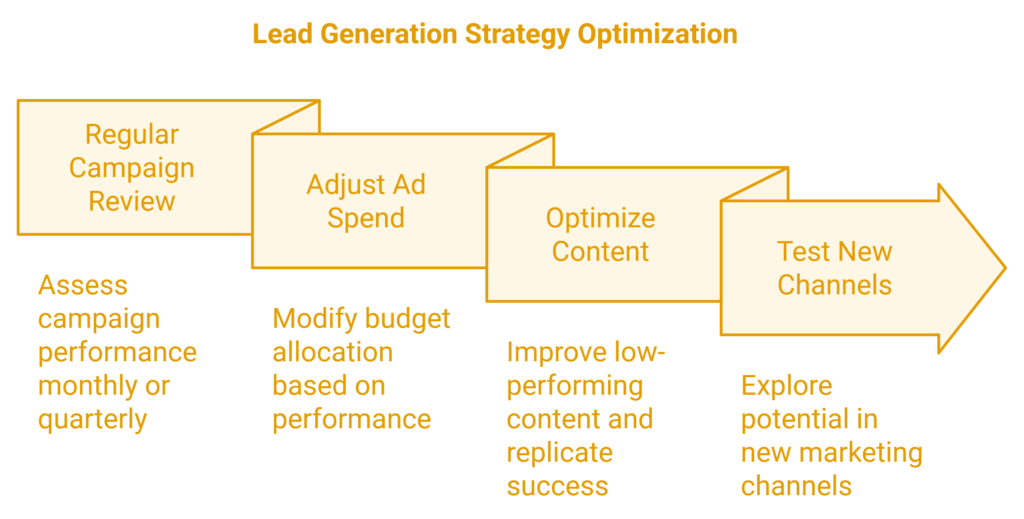In today’s competitive environment, lead generation is only half the battle of successful marketing. To refine and scale your lead generation campaigns to their full potential, you need to know how to track and measure them. Measuring lead generation efforts will give you that critical knowledge of what works and what does not, allowing you to optimize your strategies. You can measure the impact of your campaigns and improve your ROI by using Google Analytics, CRM systems, and marketing automation software. Here’s the ultimate guide for measuring lead generation success: key metrics, tools, and best practices.
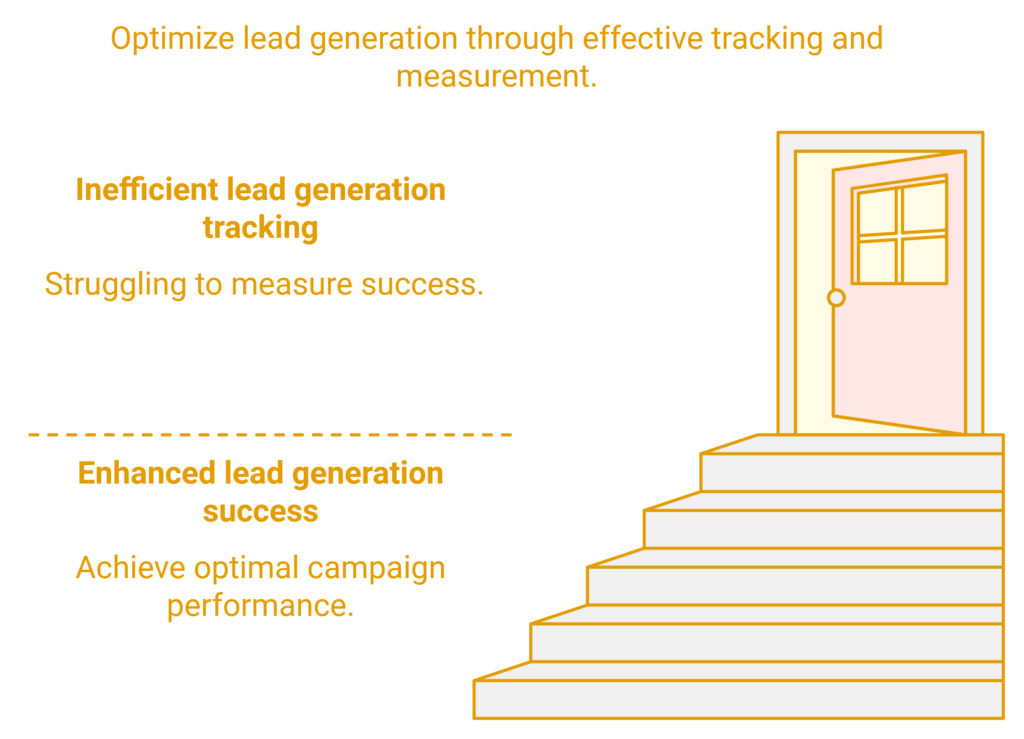
1. Why Is Tracking and Measuring Lead Generation Efforts Important?
But without measuring lead generation performance, your marketing efforts are nothing more than a series of guesses. Tracking each stage of your lead generation process will help you:
- Identify what strategies work
- Understand areas of weakness within your campaigns
- Optimize how you allocate resources
- Focus more on the channels that make you money
Knowing what leads convert at the highest rates, where the most profitable lead sources come from, and areas to improve upon helps you create a finely tuned lead generation machine.
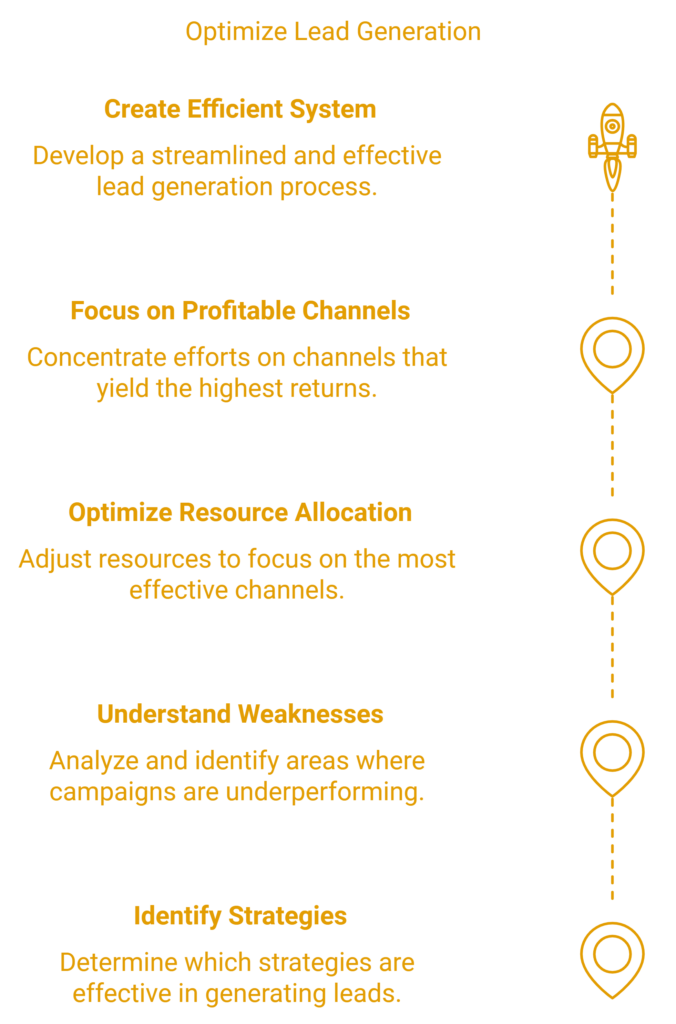
2. Key Metrics to Measure Lead Generation Success
For evaluating the effectiveness of lead generation efforts, the following basic metrics need to be followed:
1. Conversion Rate
Conversion rate measures how many leads move along the sales funnel. The tracking of this metric would allow you to find the percentage of leads that develop from awareness, interest, consideration, and further to a purchase decision.
2. Cost per Lead (CPL)
Your CPL is the cost of your obtaining a new lead. A well-run campaign is when your CPL is decreasing while your lead quality stays the same or increases. Measuring lead generation success is sometimes found in the balance between cost and lead quality.
3. Lead Source
Knowing where your leads are coming from-social media, search engines, email marketing, etc.-will help you understand which channels are the most profitable. The same information will help you to better focus your budget and efforts into channels that are providing the highest return.
4. Lead Quality
Not all leads are equal. Some leads have a higher probability of converting than others. Lead quality metrics, that can be found within CRM systems, allow you to know which leads are the best to pursue.
5. Lead-to-Customer Rate
This metric will tell you how many leads turn into paying customers, which gives you insight into your sales and marketing efficiency.
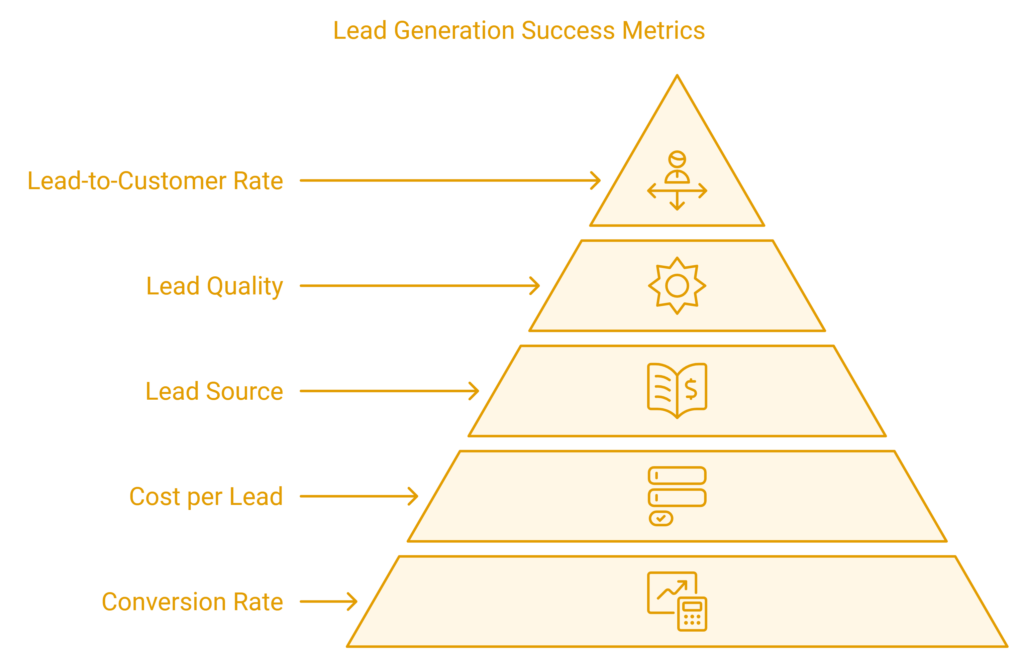
3. Measurement Tools Lead Generation Tools
There are tools that may make your measuring lead generation both accurate and efficient. These must include, at least:
Google Analytics
Google Analytics should be an essential tool for monitoring the traffic of your website as well as the behavior of its users. With Google Analytics, you will understand:
What source is bringing the most visits
- Engagement metrics, such as session duration and pages per session
- Conversion tracking and goal setting for activities like form completion or download
- To measure lead creation in Google Analytics, set up specific goals and track funnel conversions to find out which of the pages are producing leads best.
Customer Relationship Management (CRM) Systems
In a CRM system, all lead data is centralized, tracking every touch point from the first contact to conversion. When you use a CRM, you will be able to monitor:
- Lead source and quality
- Conversion rate of leads
- Engagement levels and interactions in real time
- CRMs also reveal selling performance and allow real-time adjustments to the measuring lead generation process.
Marketing Automation Software
Other tools like Marketo or Mailchimp give lead scoring, email marketing, and nurturing campaigns. Let you automate and track some tasks within your lead generation efforts: follow-up emails and retargeting are among them.
Social Media Analytics
If social media is part of your campaigns, analytics are built into Facebook, LinkedIn, and Instagram. From these tools, you can access audience demographics, engagement rates, and effectiveness of social post traffic for landing pages.
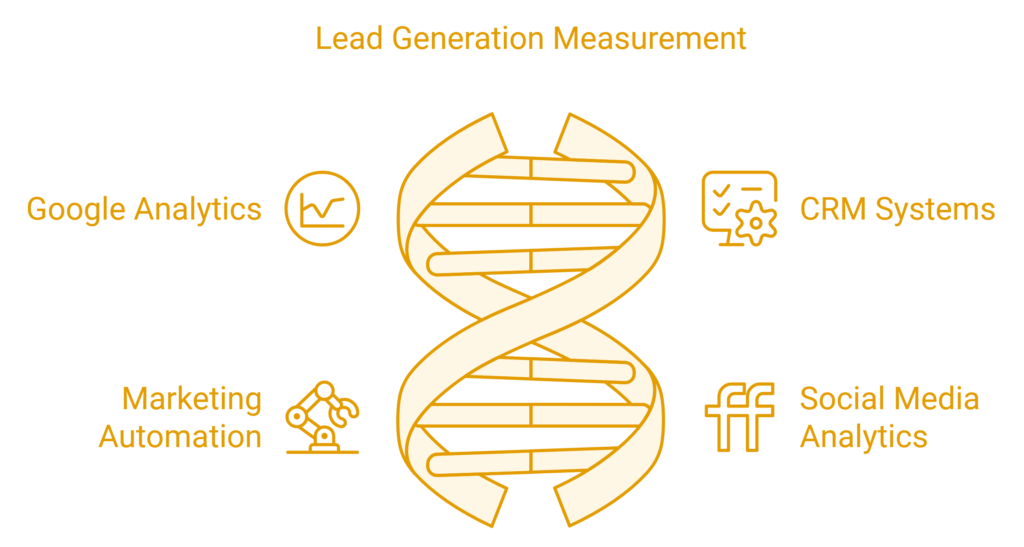
4. Setting Up the Lead Generation Tracking Framework
Measuring lead generation requires a working systematic framework to track leads. This is how to do it step by step:
Define Clear Objectives
Before you start tracking, define specific goals for your lead generation. Examples could be:
- Boost conversion rate by 20%
- Reduce cost per lead by 10%
- Enhance lead quality
Define clear objectives so you can truly measure what’s going on and focus on the most important metrics.
Use UTM Parameters
UTM parameters are tags that you add to URLs that track specific campaigns, sources, or content. It’s very important for measuring lead generation performance in Google Analytics so you can really see which campaigns bring in the most leads.
Setup Goals and Events in Google Analytics
Set up objectives in Google Analytics aligned with the leads objectives you have set. Some examples would be form submissions, button clicks, or download of a certain file. This way, you can know which pages and which sources of traffic work well in generating leads.
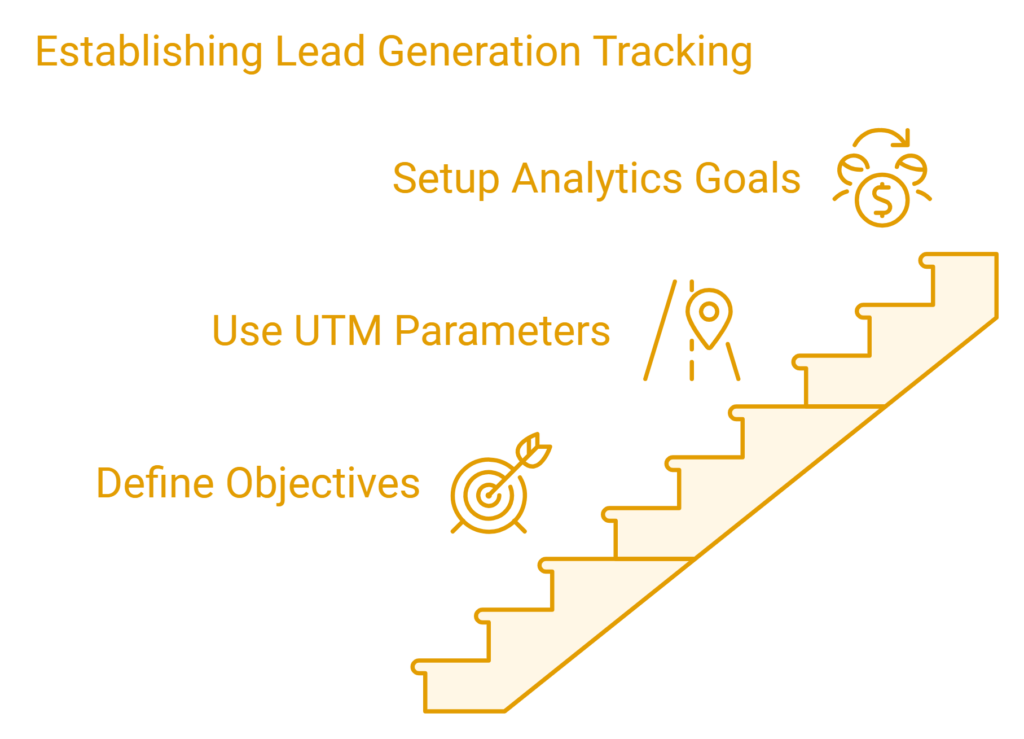
5. Email Campaign Metrics for Lead Generation
Email marketing is an effective channel for measuring lead generation success. These are some key email campaign metrics that you must track:
Open Rate
Open Rate: This is the percentage of recipients opening up your email. A high open rate means that your subject line is compelling and pertinent.
Click-through Rate
Click-through rate shows the number of recipients who clicked links in your email. This measure will show you how good your content is at prompting action through the email.
Conversion Rate
Ultimately, the email conversion rate reveals how many people actually do what you wanted them to do – sign up for a demo or request more information, etc.
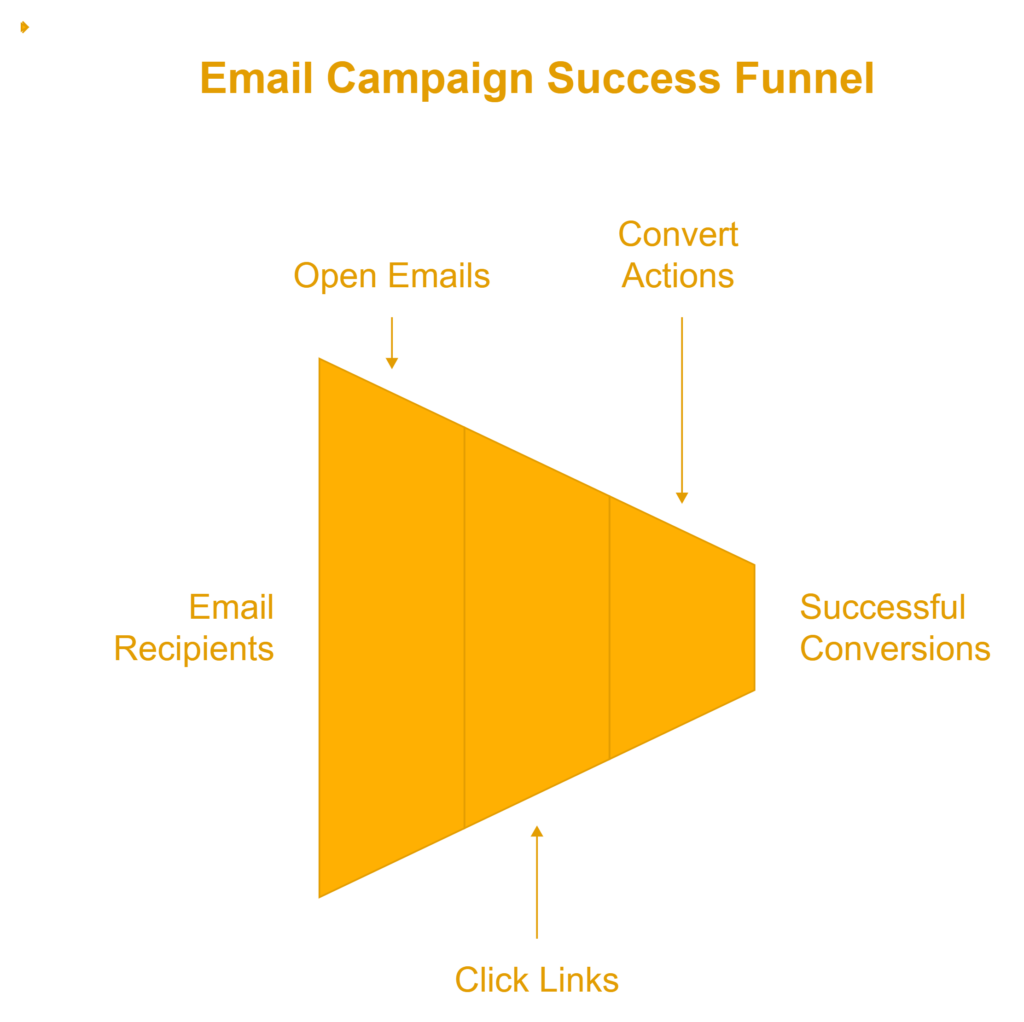
6. Lead Scoring-Leverage Lead Scoring to Measure Lead Quality More Accurately
Lead scoring refers to a system that awards scores to leads, depending on how they interact with your brand: by opening emails, visiting pages, or interacting with your brand on social media. This scoring helps in several ways:
- Identifies the quality lead
- Prioritizes leads for sales follow-ups
- Optimize campaigns by engagement of leads
With lead scoring, you will make sure that your sales team is targeting the most convertible leads through the way you measuring lead generation efforts.
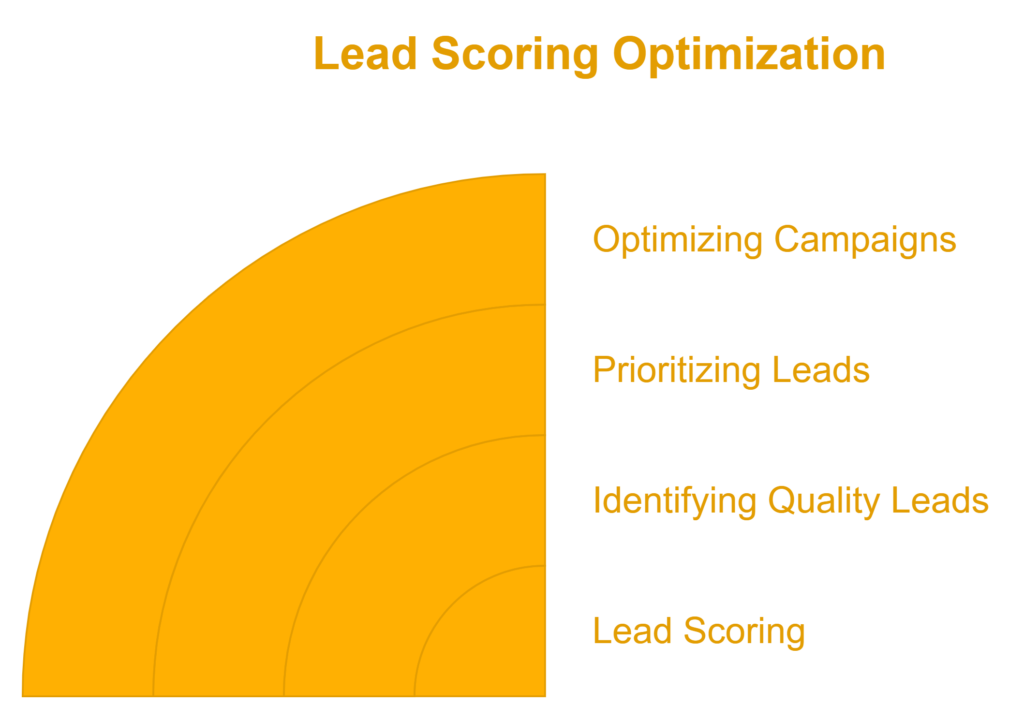
7. A/B Testing to Maximize Lead Generation
A/B testing, also referred to as split testing, is the process of running two different variations of an aspect of a campaign, such as a landing page or the subject line of an email, to establish which one works best. A/B testing will help with the following:
- Conversion rate optimization
- Identify which aspects can draw in more leads
- Tune up message based on preference
Systematic A/B testing for measuring lead generation success campaigns and optimizing over the period of time.
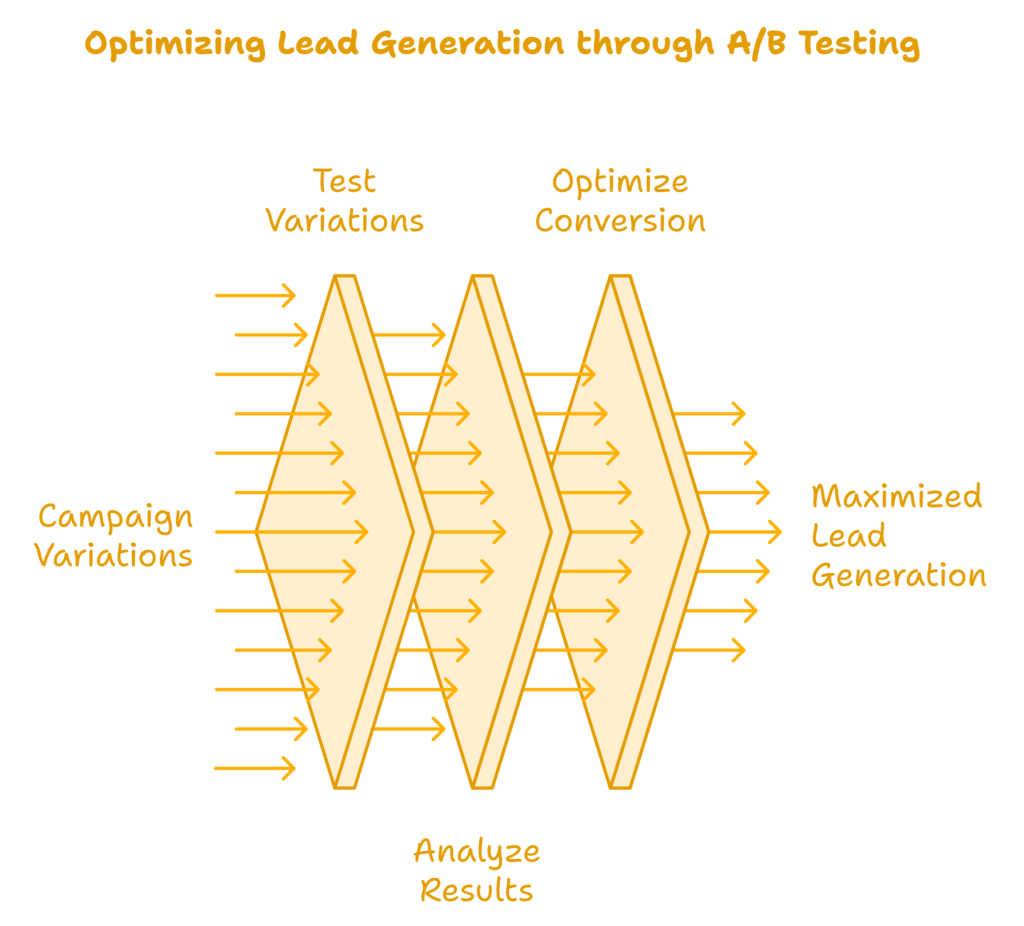
8. Tracking ROI for Lead Generation Campaigns
ROI is the final metric which proves the success of any lead generation activity. It can be calculated as the revenue that leads have generated, divided by the total cost incurred to get that lead. A very high value of ROI indicates a very efficient measuring lead generation strategy and means spending resources on specific channels.
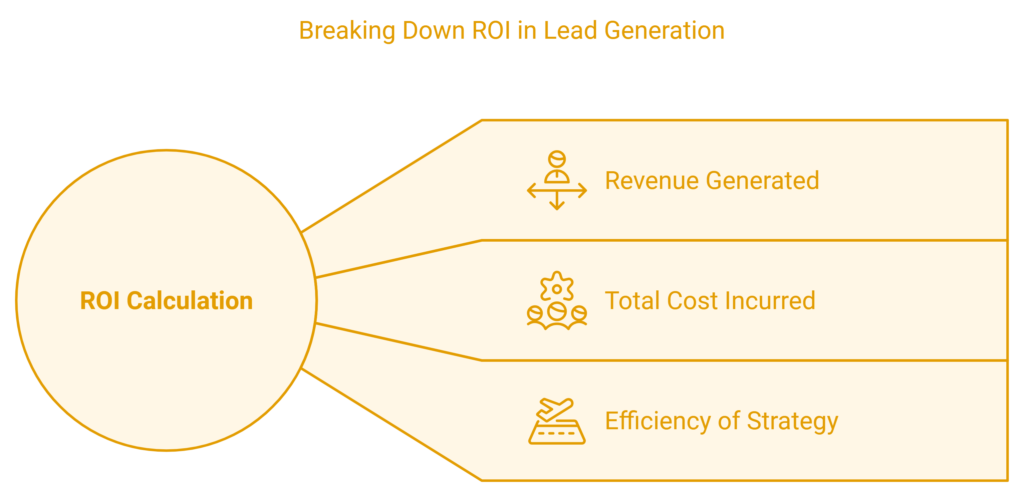
9. Common Obstacles in Measuring Lead Generation and How to Triumph Over Them
Lead generation is an important metric, but a hard one to measure. Here are some of the most common challenges you might face, along with how you can overcome them while measuring lead generation:
Partial Data
At other times, the data that you really need in order to measure properly just isn’t there. Overcome by integrating all your marketing platforms, CRM systems, and analytics tools in order to get consolidated data.
Multi-Touch Attribution
A lead may go through many touchpoints before converting. With such complexity, it is very challenging to accurately attribute conversions. Challenges such as multi-touch attribution can be addressed by Google Analytics or CRM tools in sharing credits across touchpoints for a more vivid picture of lead journey.
Tracking Offline Conversions
If your business depends on conversions of offline origins-like walk-in visits to a store-it will be quite challenging to measure and monitor leads. Make use of one-time promo codes, trackable phone numbers, or customer surveys that can track online efforts with respective outcomes of an offline nature.
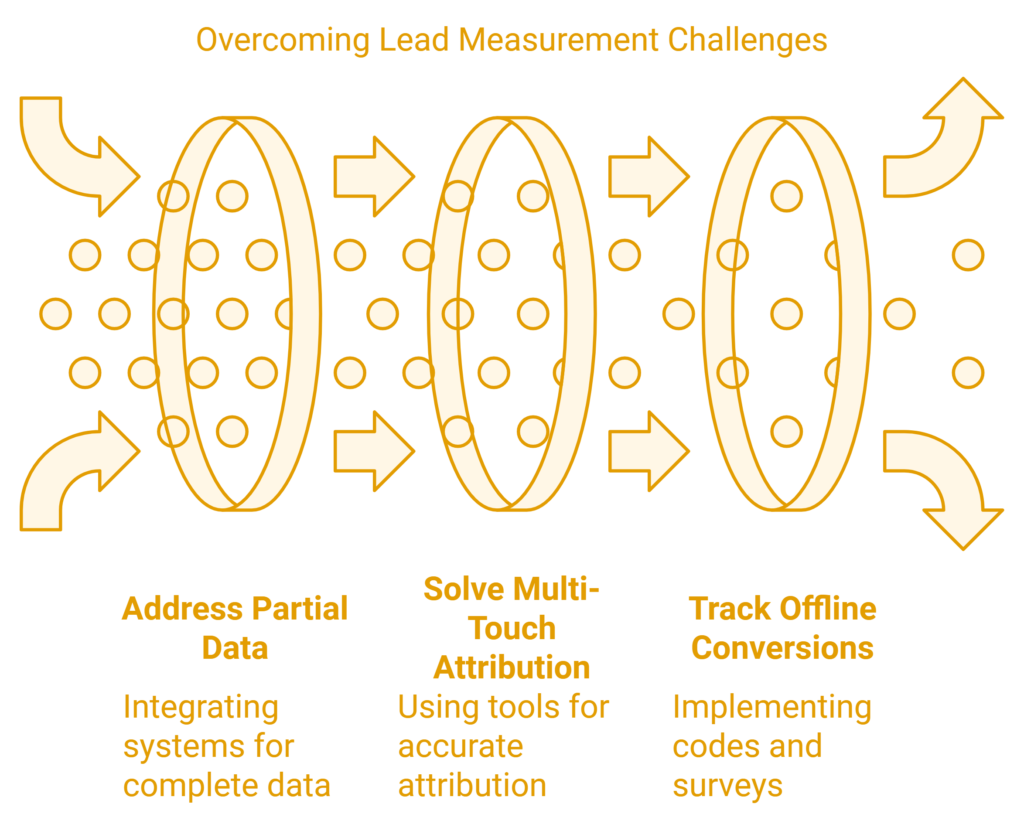
10. Continued Analysis and Adjustment to Your Lead Generation Strategy
Lead generation is not a one-time measurement but rather an ongoing process of checking your metrics and making changes to strategy based on what the data reveals. Here are some tips for ongoing improvement:
- Regular Campaign Review: Check your campaigns monthly or quarterly to see if they are meeting the objectives. Adjust ad spend, messaging or targeting as needed.
- Optimize Content: Apply data analysis to understand what content works. You will need to optimize your low-performing contents and repeat what made your high-performing content so successful.
- Test New Channels: Data can reveal hidden potential in new channels. For example, if you find out that your campaigns are weaker on social media than ever before, consider using another platform or approach.
Conclusion
Lead generation metrics help you refine your marketing strategy, cut costs and make the most revenue possible. This will help in proper resource allocation, sustainable growth and Measuring lead generation. Utilize Google Analytics, CRM systems, and marketing automation software to track crucial metrics such as conversion rate, cost per lead, and lead quality. And most importantly, regular analysis and optimization help keep the lead generation machine efficient and aligned with business goals. You can check other blogs as well to know more information: How to Use Lead Nurturing to Convert Prospects into Customers
